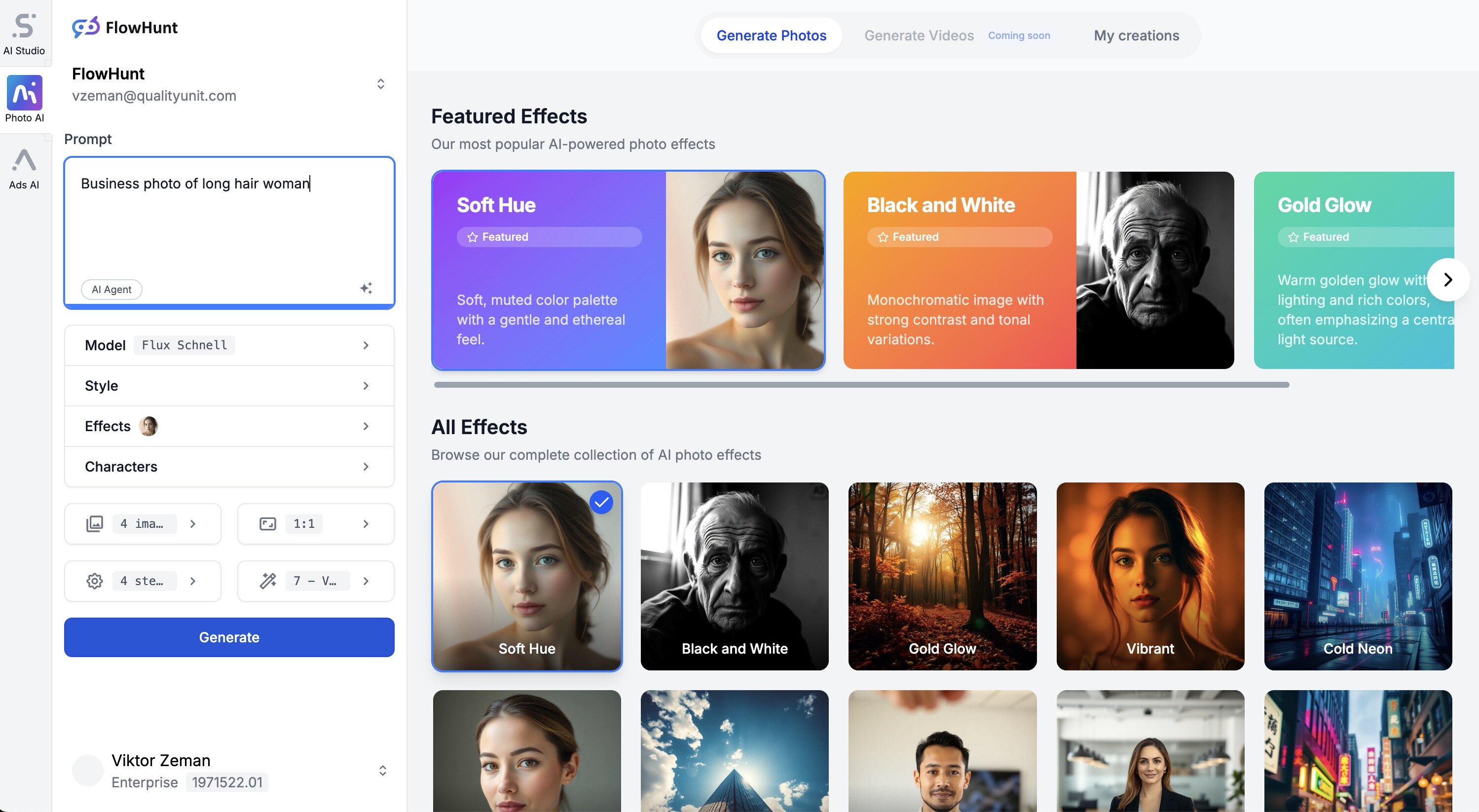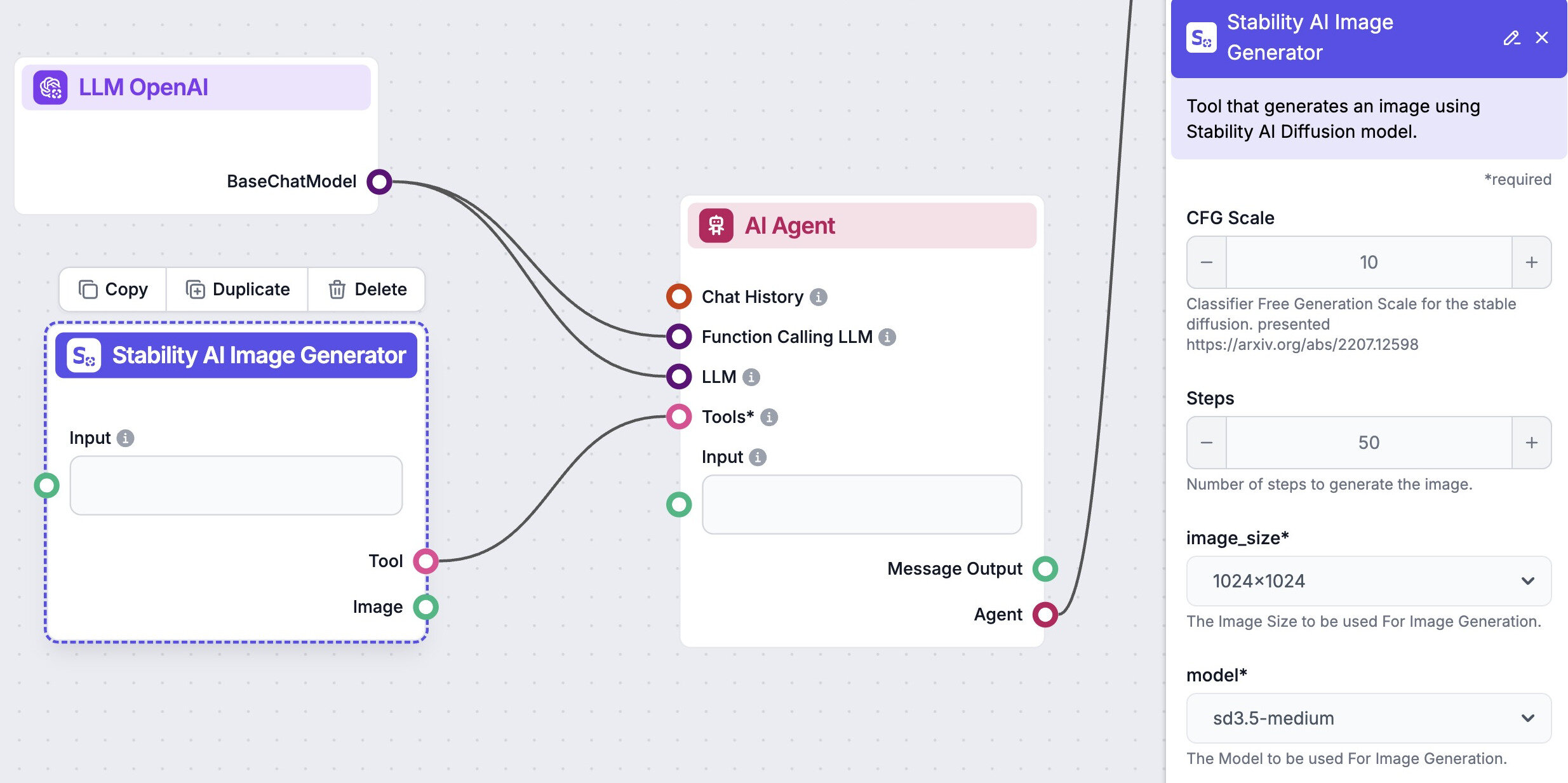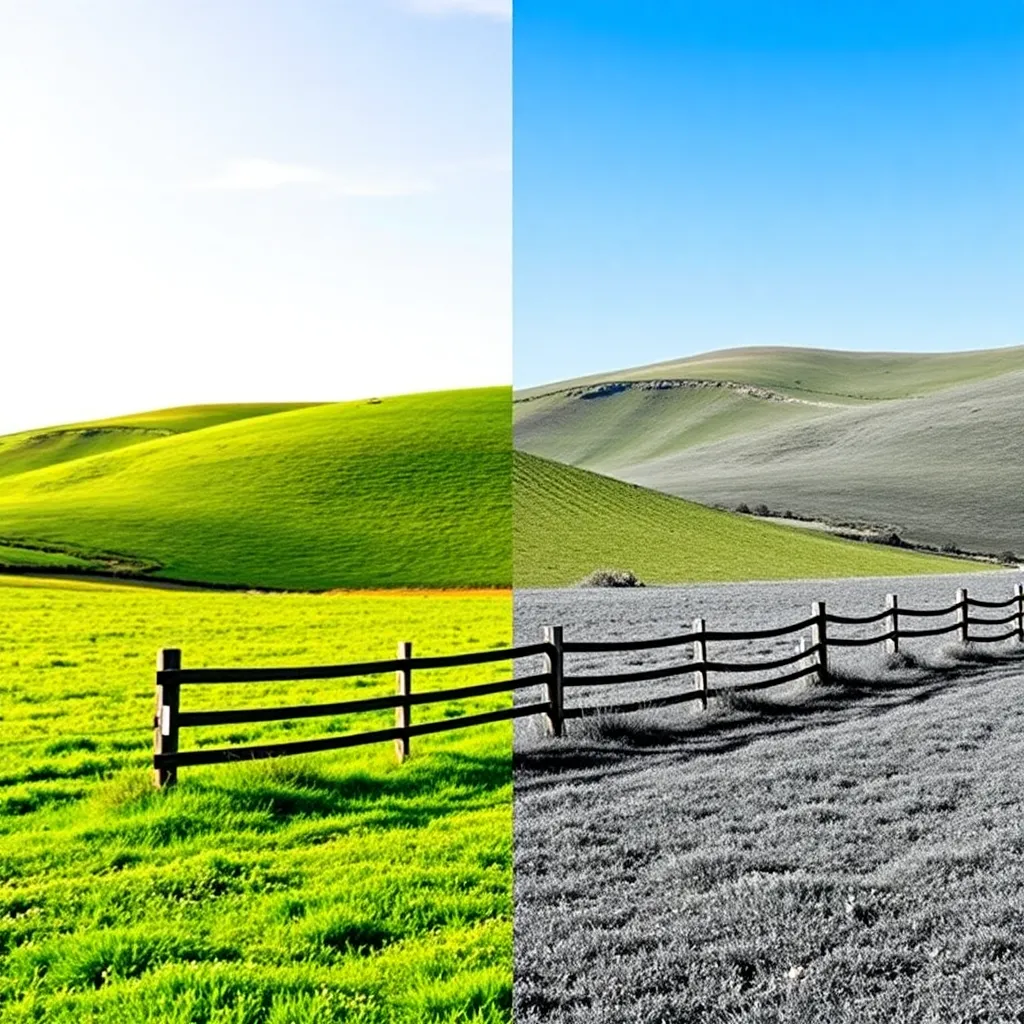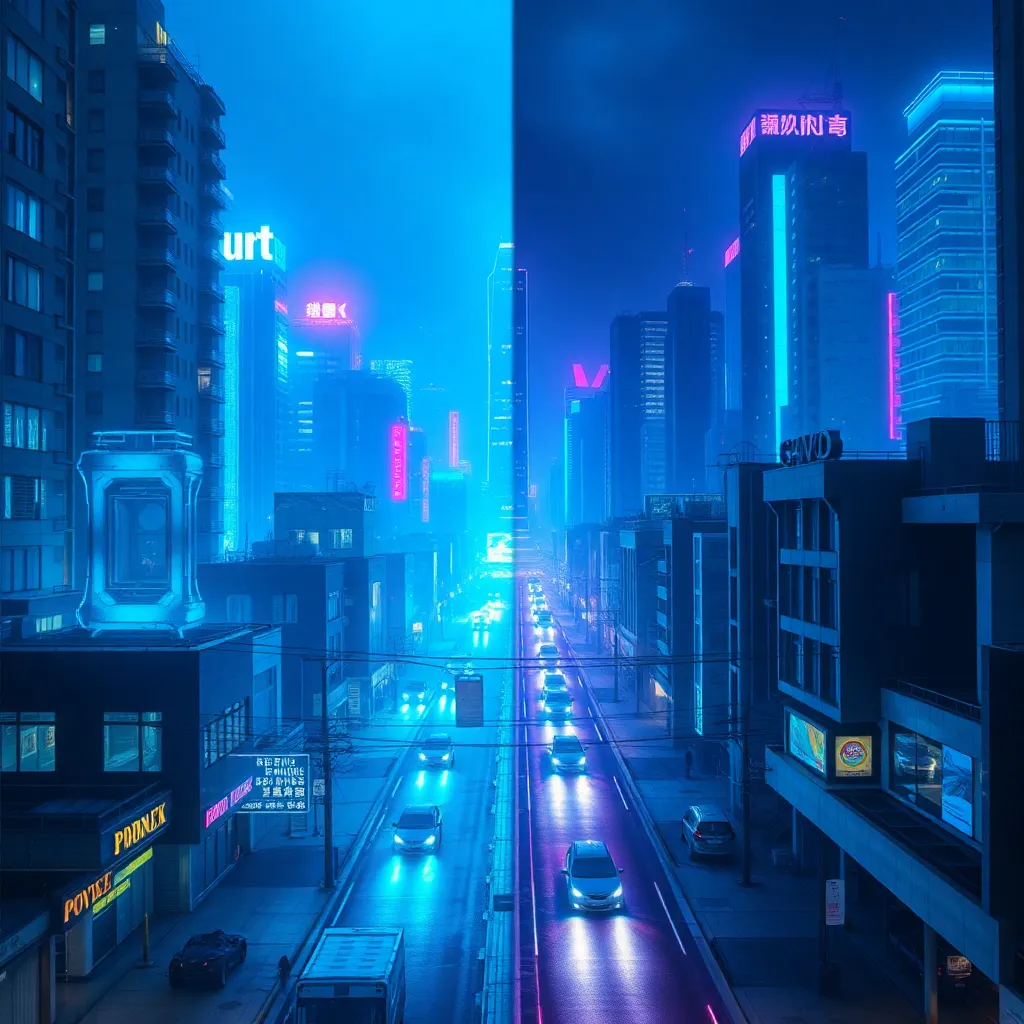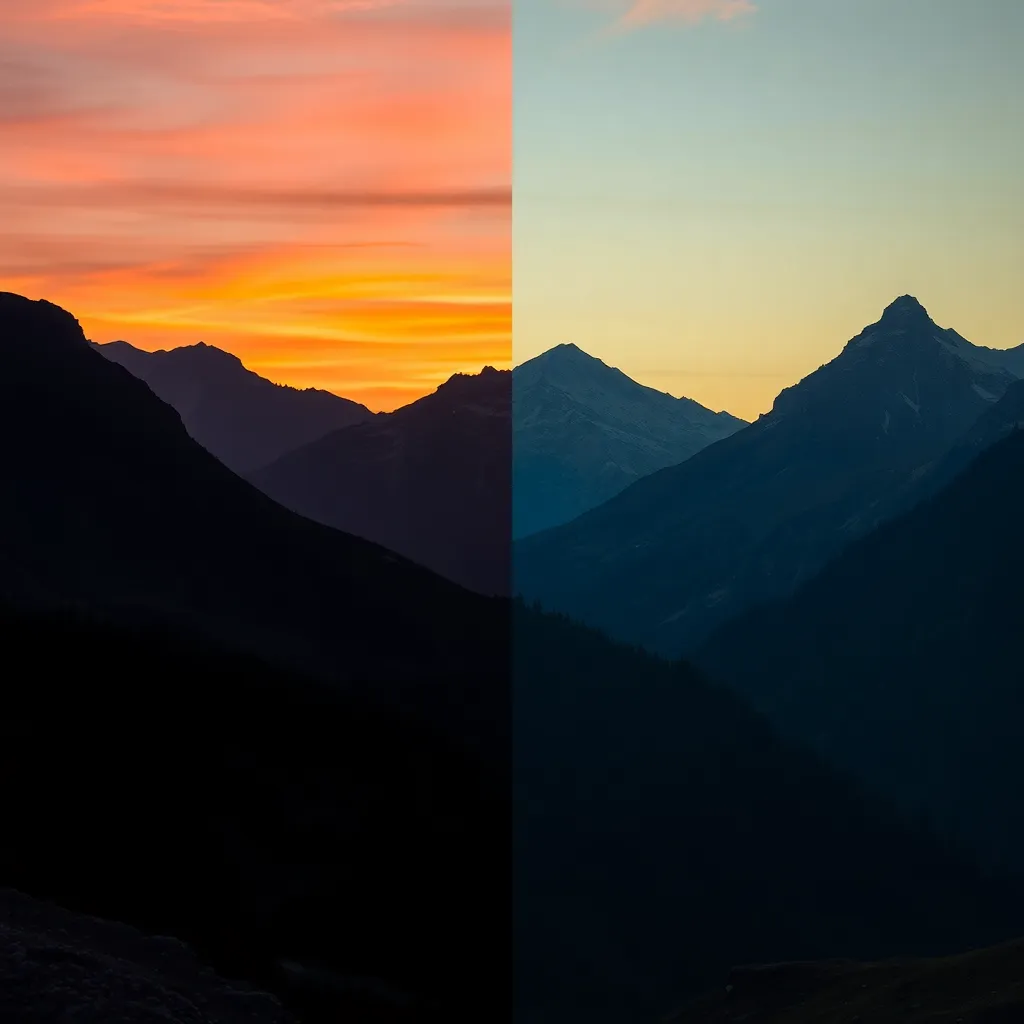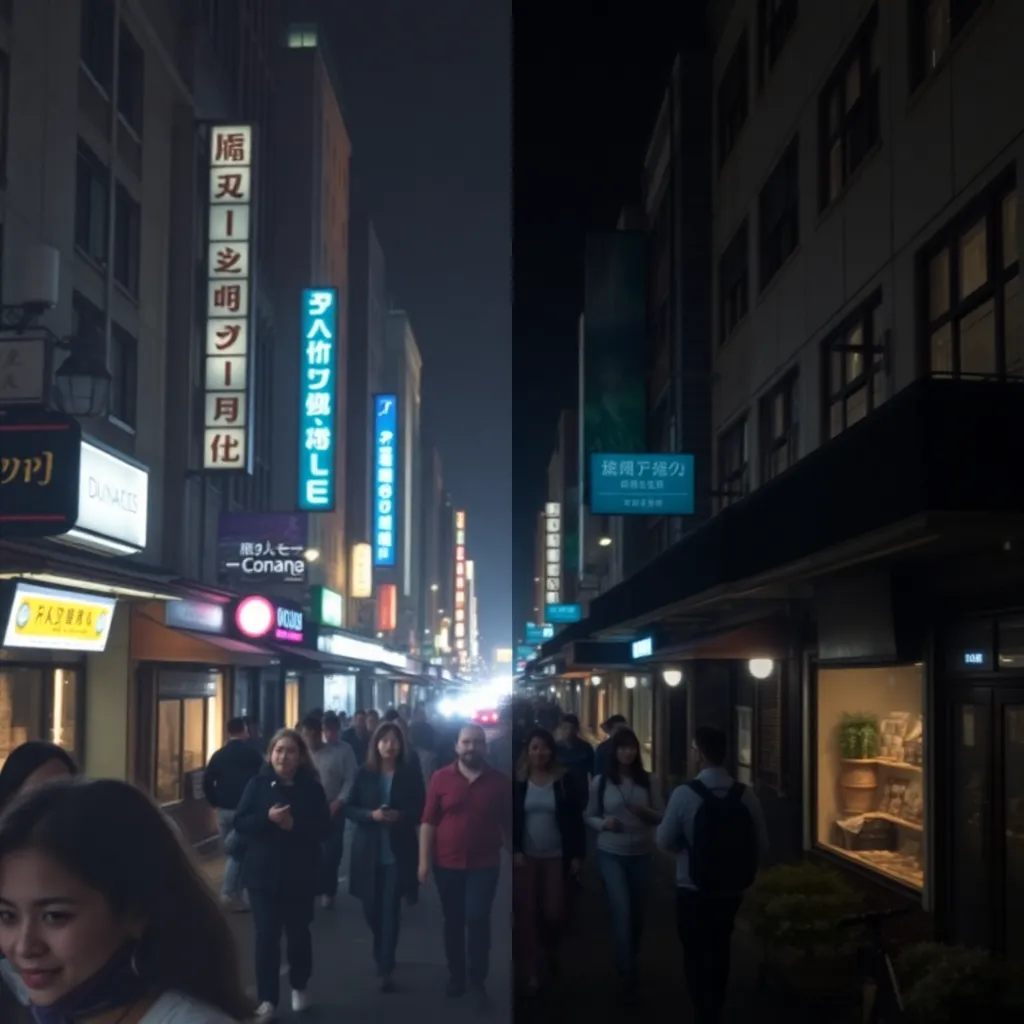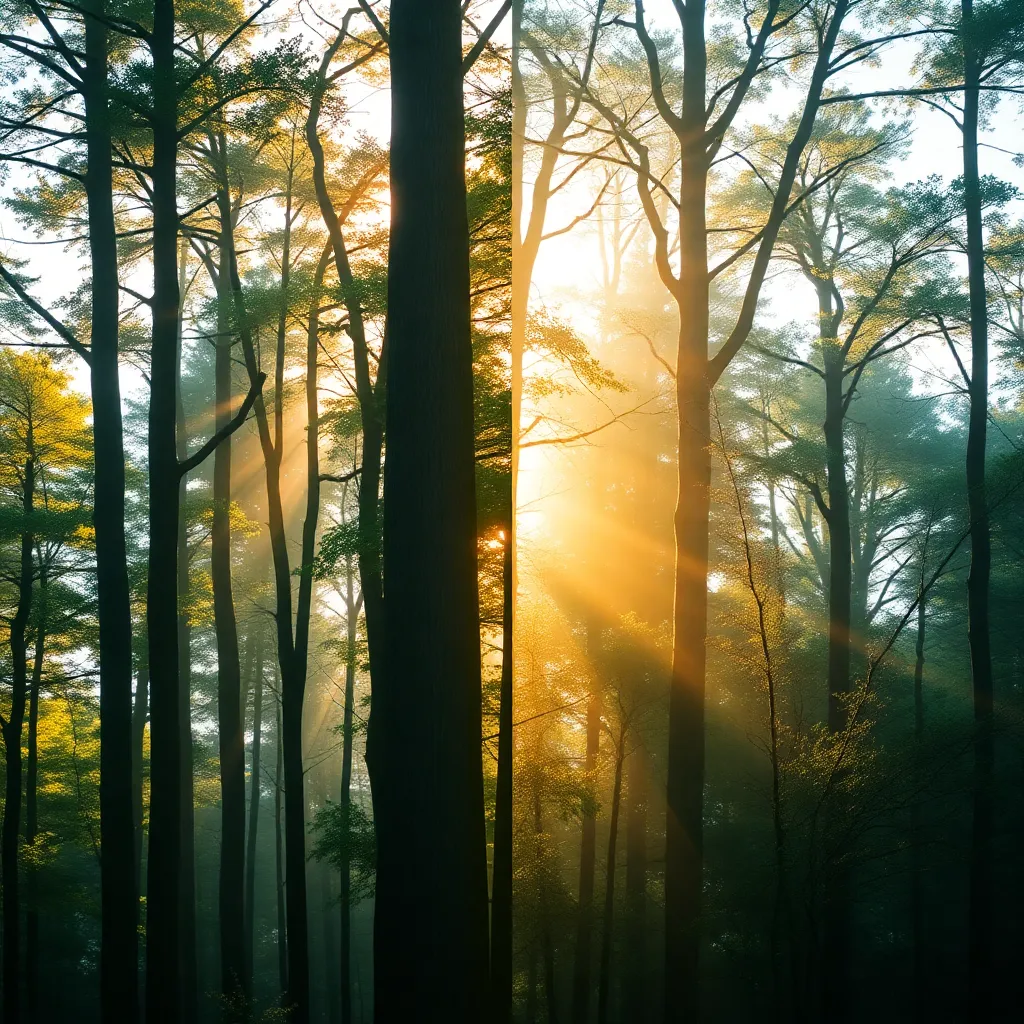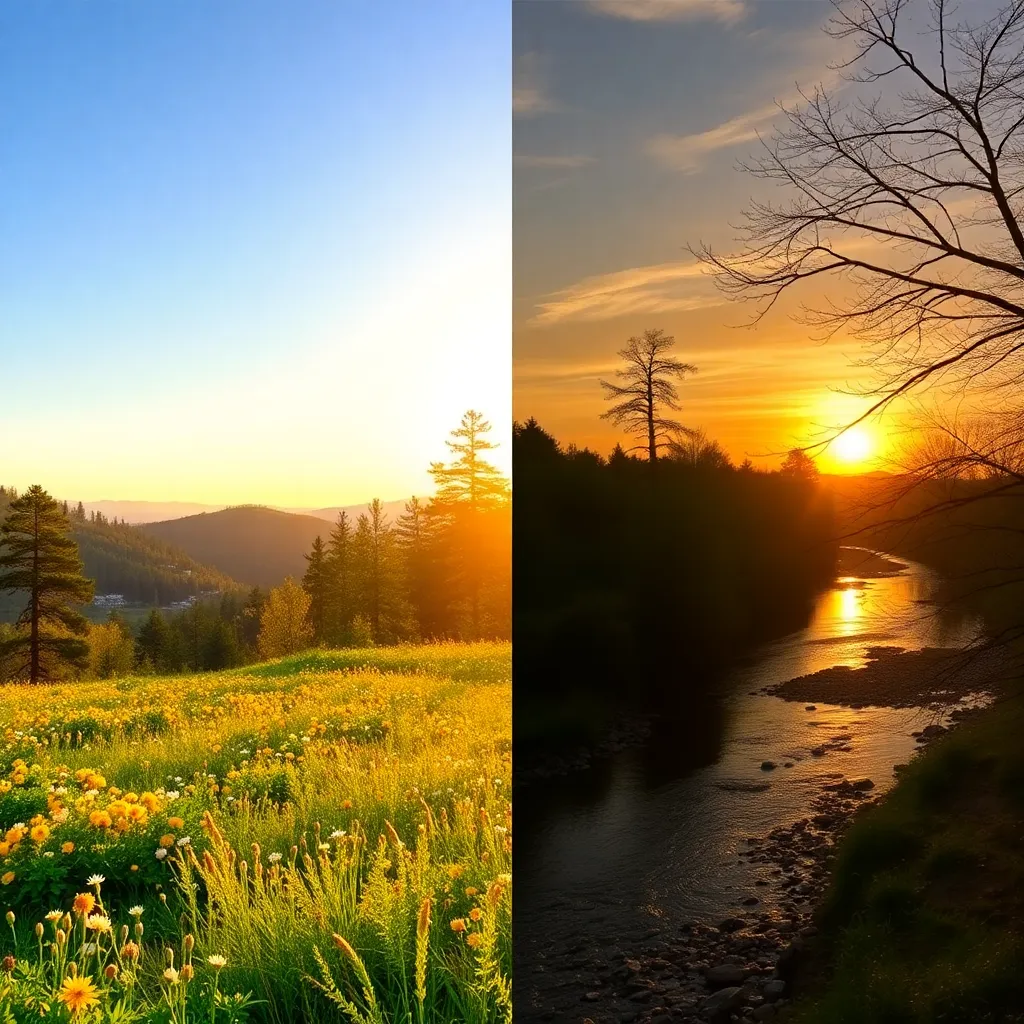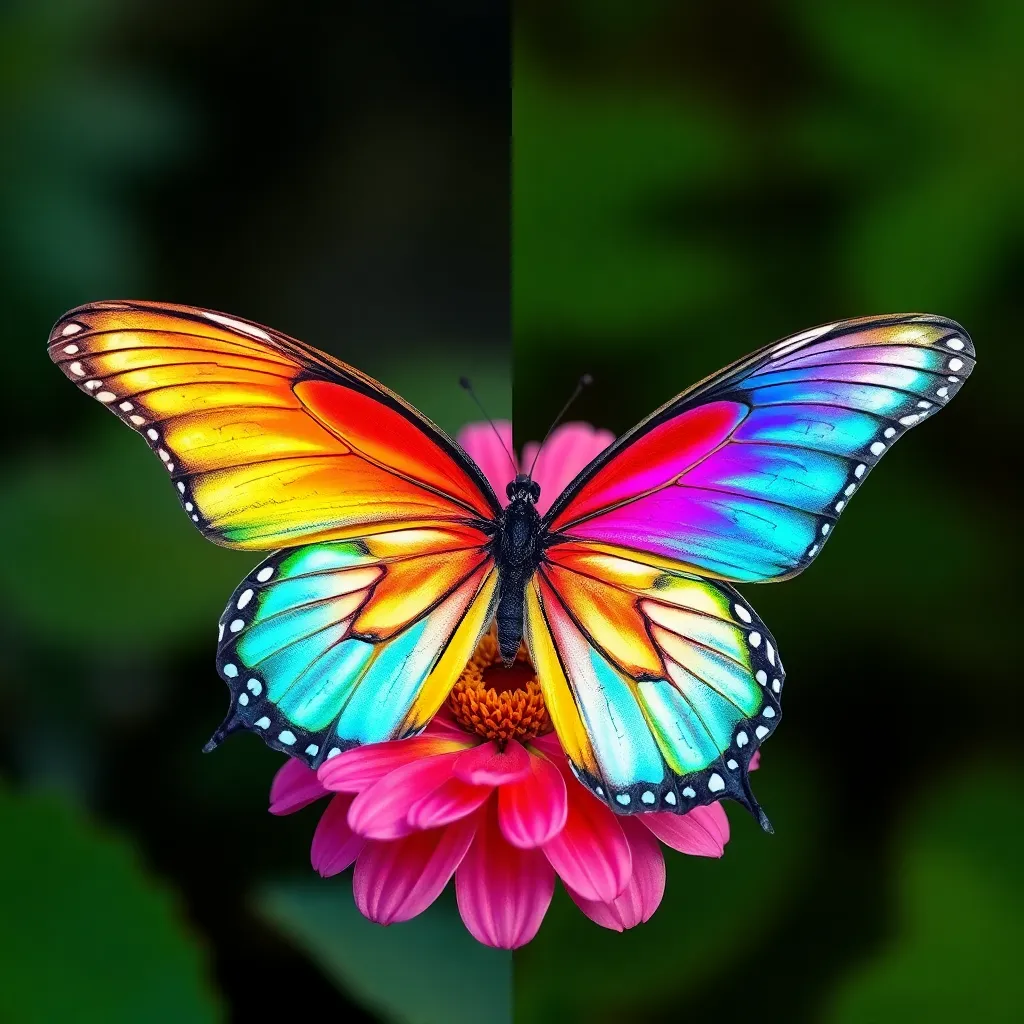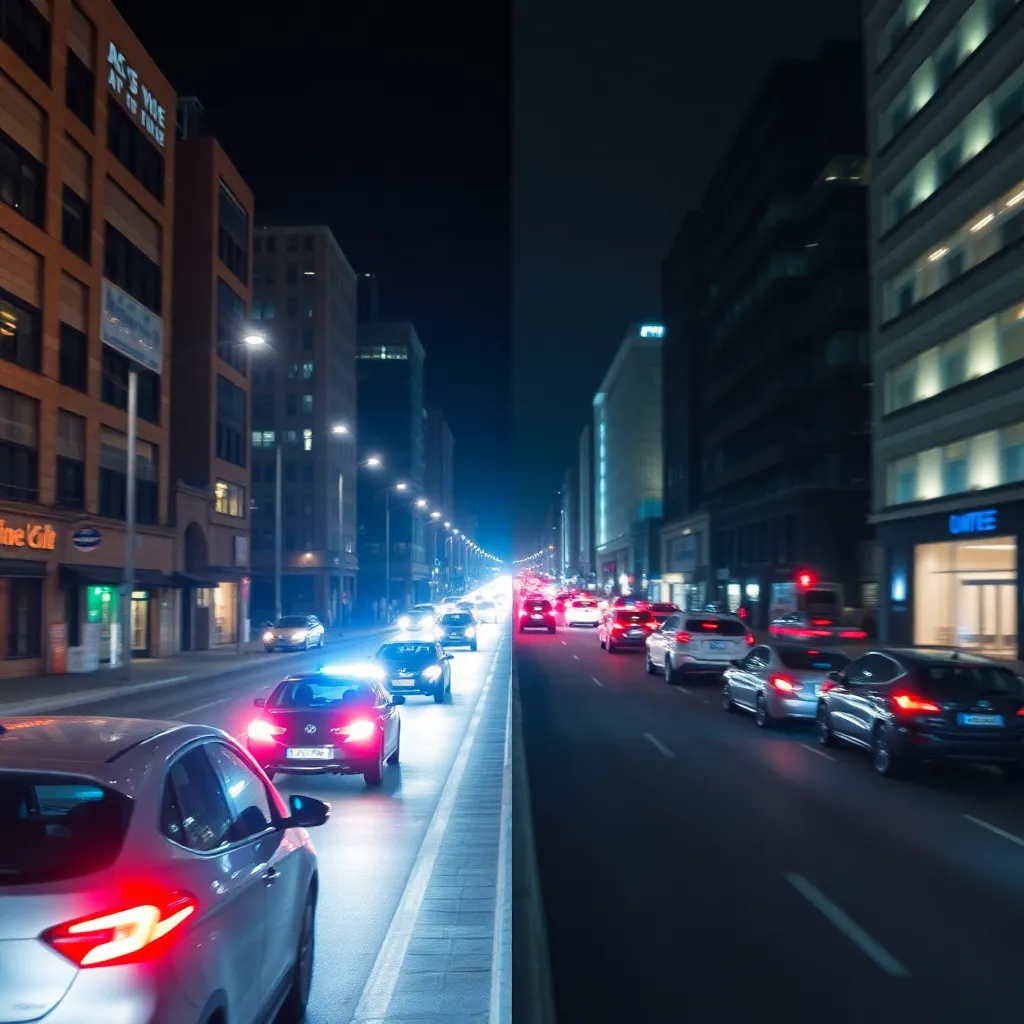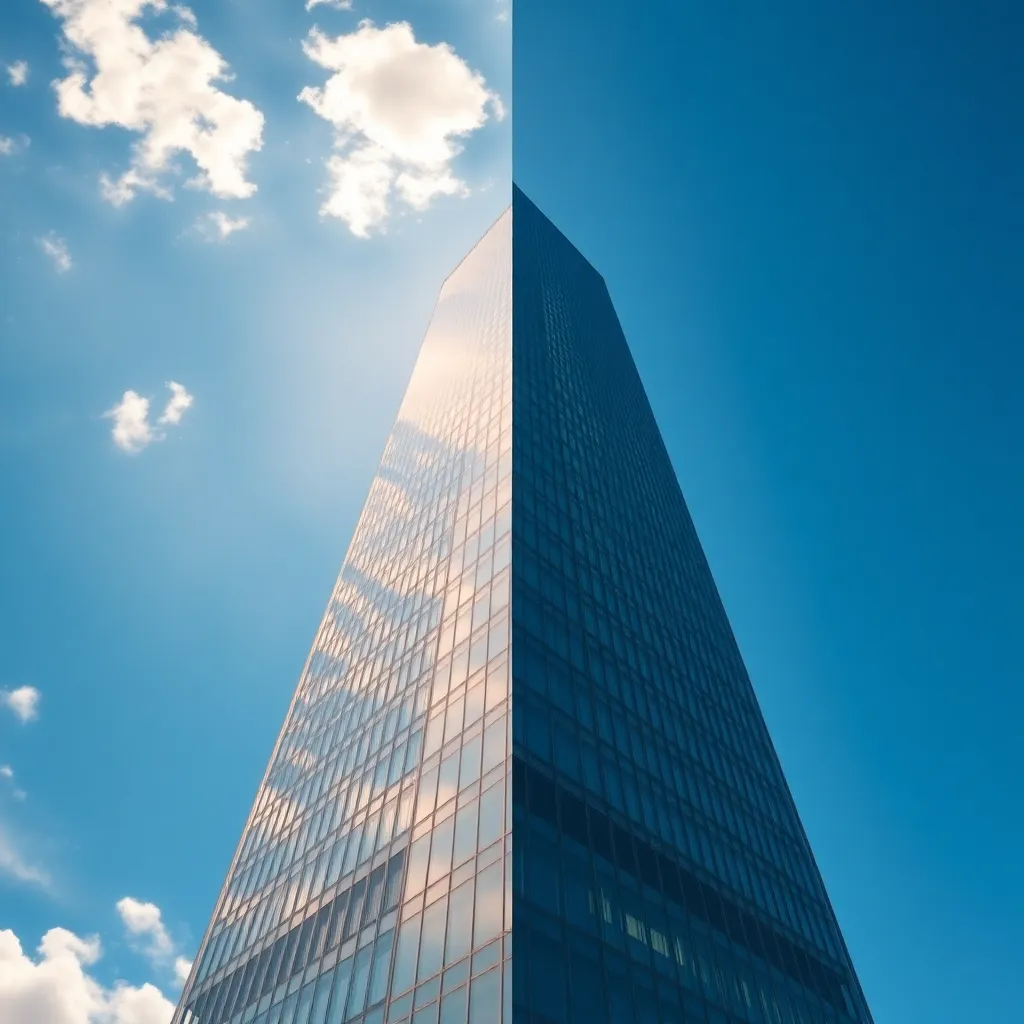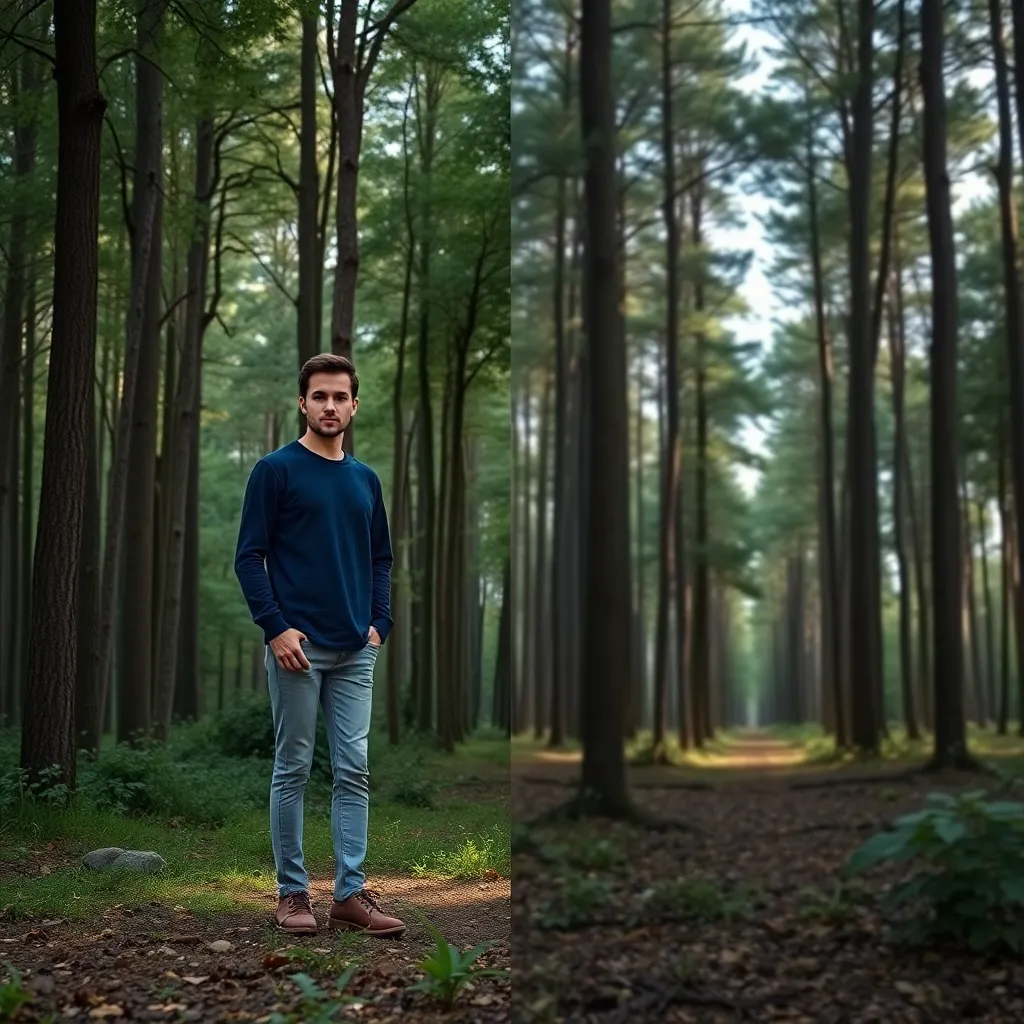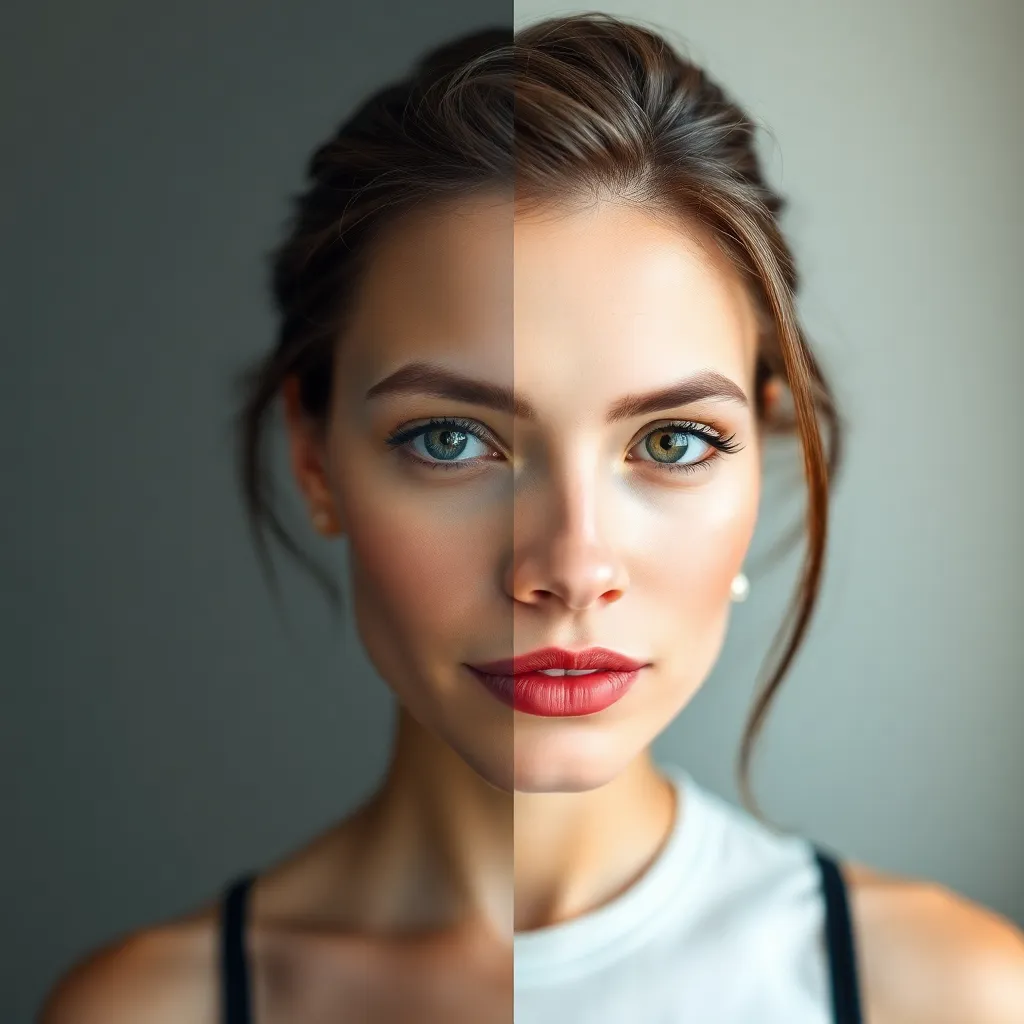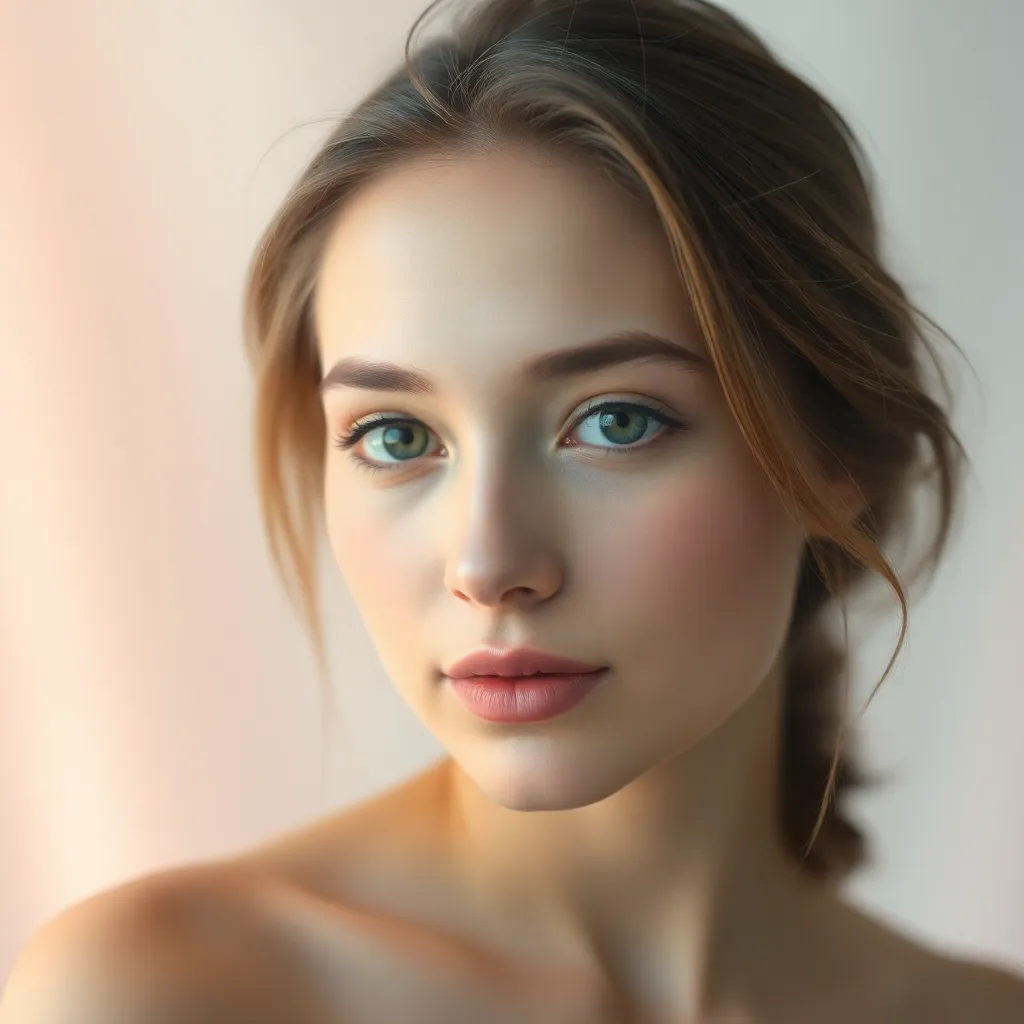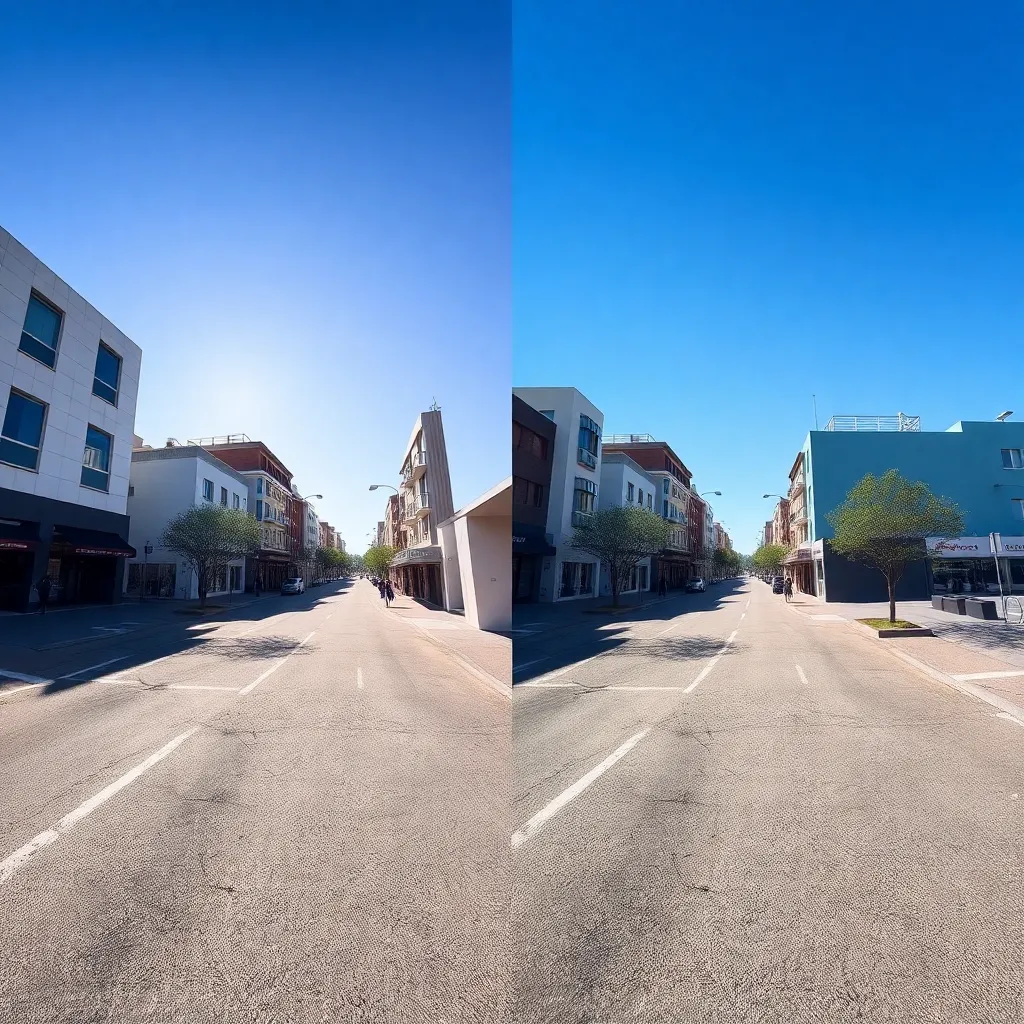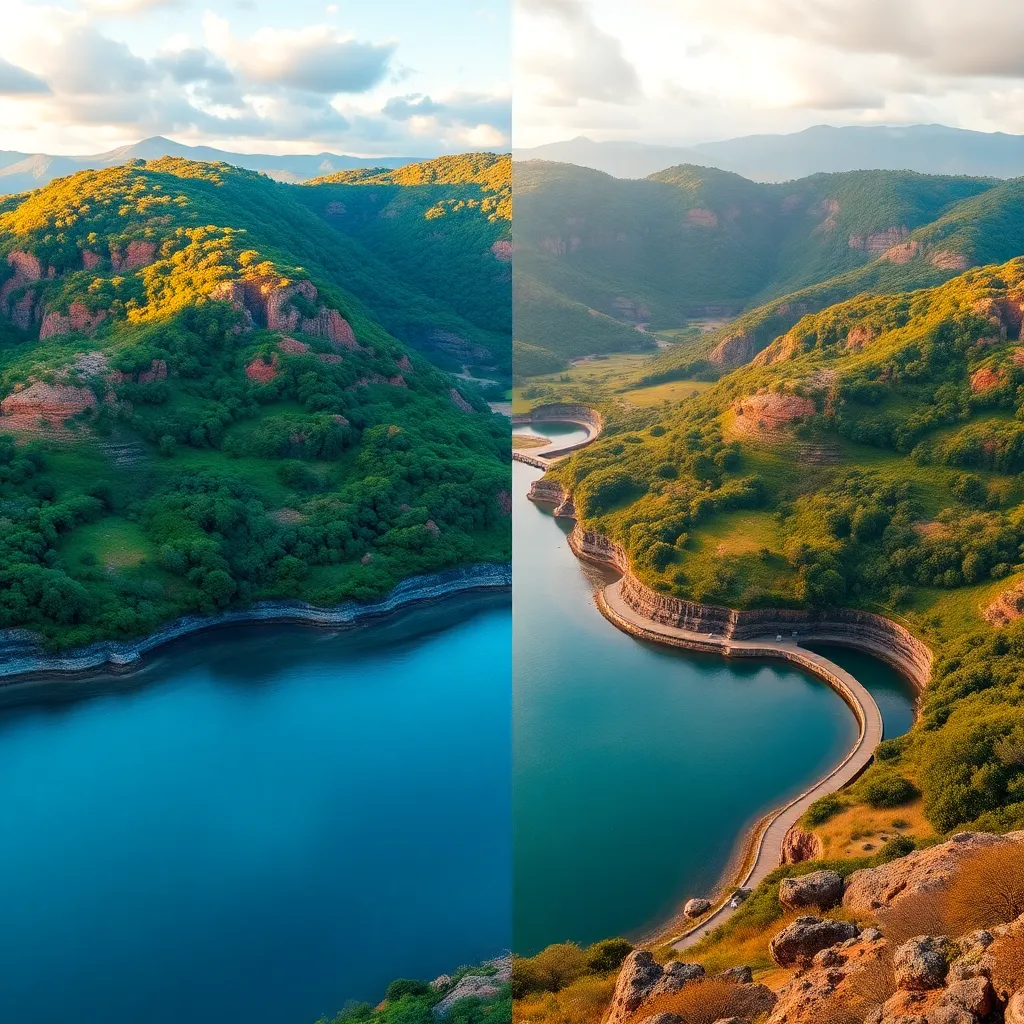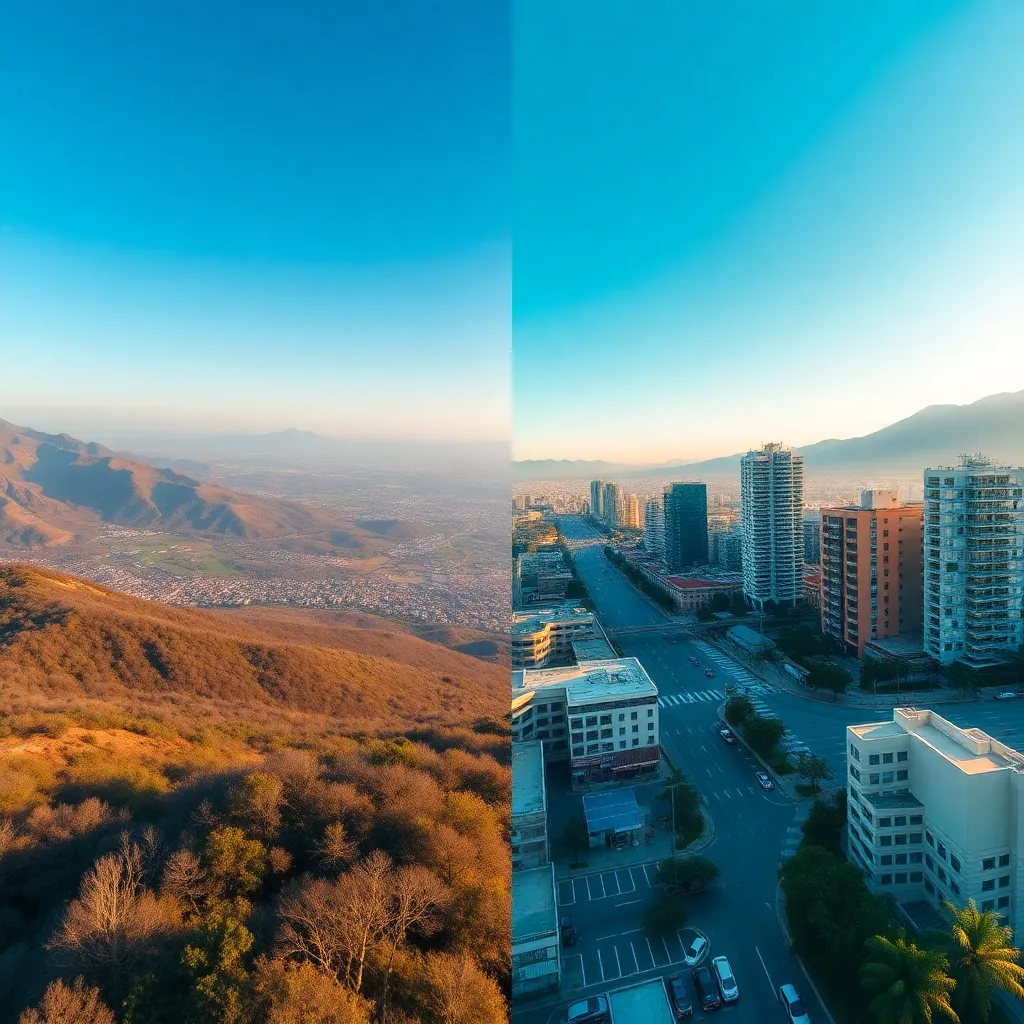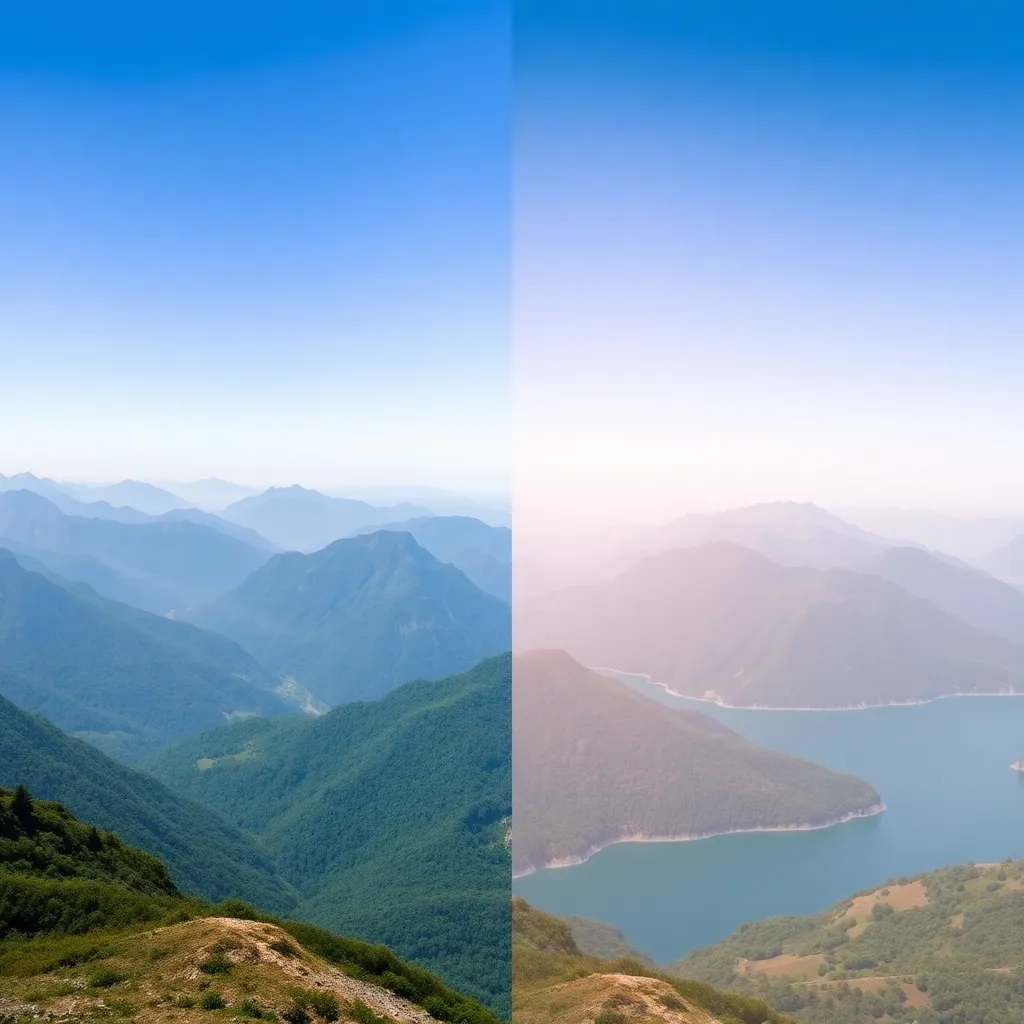
Aerial Effect
The Aerial effect in photography creates dramatic, bird’s-eye views of landscapes, cityscapes, events, and structures. This effect is achieved by capturing imag...
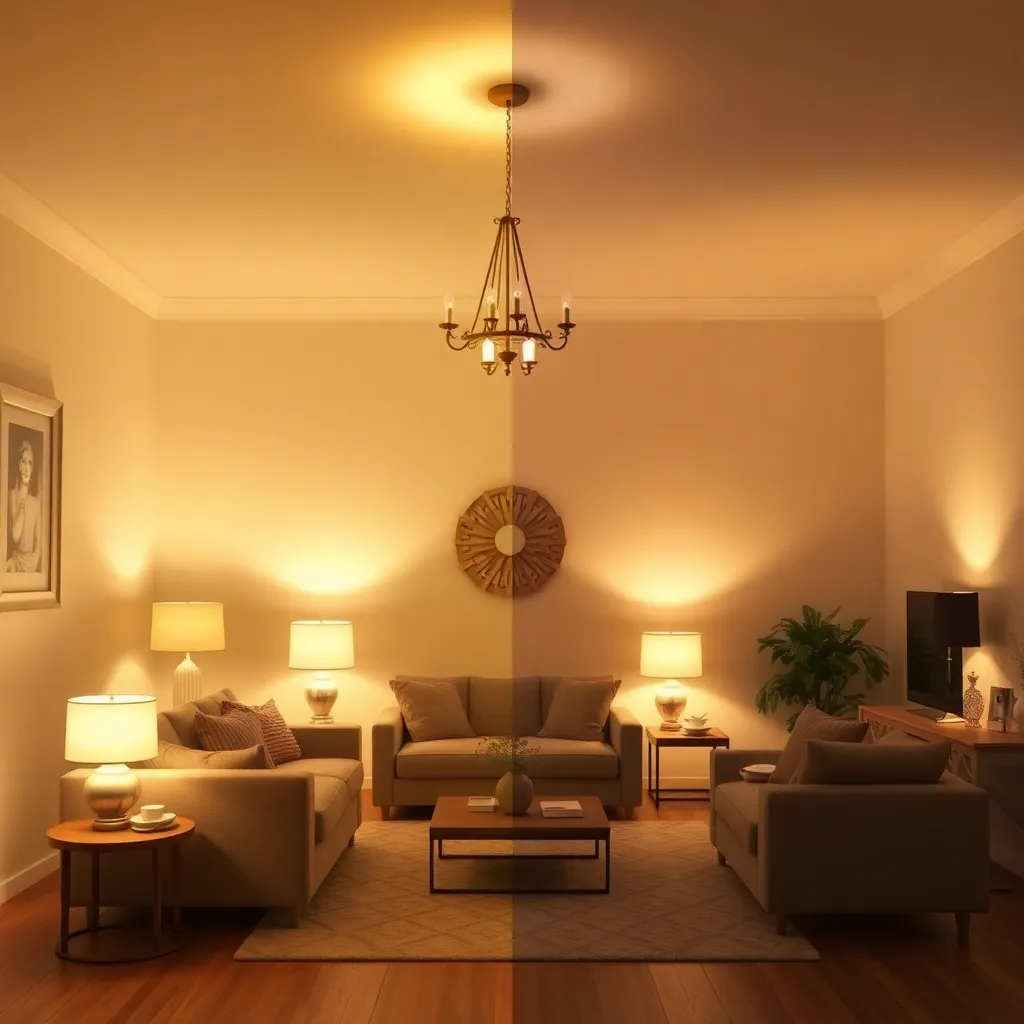
Effect
Indoor Light Effect is a photographic and editing technique that enhances images by simulating or accentuating artificial light sources within interior spaces. This effect is widely used to create specific moods, highlight design features, increase visual comfort, and convey warmth or productivity. From cozy living rooms to vibrant studios, the Indoor Light Effect brings atmosphere and depth to photos, making them inviting and visually engaging.
Use our Photomatic AI image generator to enhance your photos with beautiful indoor lighting effects. Achieve professional results and set the perfect mood in your images with just a few clicks. Try it now and experience the difference!
Generate your own AI images with Indoor Light Effects
The Indoor Light Effect is a photo technique and digital enhancement that simulates or accentuates the presence of artificial lighting within indoor environments. By carefully manipulating highlights, shadows, and color temperature, this effect brings out the warmth, depth, and ambiance of interior spaces. Whether capturing the soft glow of a reading nook lamp, the focused illumination in an artist’s studio, or the vibrant shine in a kitchen, the Indoor Light Effect transforms ordinary indoor photos into visually compelling scenes that evoke specific feelings—coziness, productivity, creativity, or tranquility.
Indoor Light Effect is achieved both through practical lighting setups during shooting and in post-processing by adjusting brightness, color balance, and shadow detail. It is a highly versatile effect, adaptable to a wide variety of interior styles and purposes, and is a favorite among photographers looking to convey mood and atmosphere in their images.
This effect is widely embraced by:
Essentially, anyone who photographs interior spaces for professional, creative, or personal purposes can benefit from the Indoor Light Effect.
The Indoor Light Effect enhances photos in several key ways:
By introducing warm, soft, or focused lighting, this effect instantly establishes the intended atmosphere—be it cozy, vibrant, serene, or energetic. Indoor lighting can turn a sterile room into a welcoming haven or a bland workspace into a hub of productivity.
Strategic lighting creates highlights and shadows that give the photo a three-dimensional feel. This depth draws viewers into the scene and makes spaces look more dynamic and lifelike.
The effect allows photographers to guide viewers’ attention to specific parts of the image, such as architectural details, artworks, plants, or people. Proper lighting can make these elements pop, increasing their visual impact.
Indoor lighting can accentuate the colors of walls, furniture, and décor, while revealing textures that might otherwise be lost in flat or uneven lighting. This brings richness and tactility to the photo.
Balanced indoor lighting reduces harsh contrasts and eliminates unflattering shadows, making photos easier and more pleasant to view. It also mimics the comfort of real-life indoor environments, inviting viewers to imagine themselves within the space.
The versatility of the Indoor Light Effect makes it valuable across a spectrum of photography genres. Here’s a closer look at where and how it shines:
Each use case demonstrates how the Indoor Light Effect can tailor the feel of a photo to match the intended message or function, increasing its appeal to the end user—whether a homeowner, potential buyer, client, or social media follower.
The Indoor Light Effect is a powerful tool for photographers and content creators seeking to elevate their interior images. By mastering both practical lighting and digital enhancements, you can craft photos that are rich in mood, depth, and visual comfort. Whether you’re showcasing a home, telling a story, or simply capturing a moment, the right indoor lighting effect ensures your images resonate with viewers—making every space look its very best.
Use our Photomatic AI image generator to enhance your photos with beautiful indoor lighting effects. Achieve professional results and set the perfect mood in your images with just a few clicks. Try it now and experience the difference!
The Indoor Light Effect refers to photographic techniques or digital enhancements that simulate or emphasize the impact of artificial lighting within interior spaces. It helps create atmosphere, mood, and depth in photos by mimicking how light interacts with furniture, décor, and architectural elements.
Using the Indoor Light Effect in your photos can dramatically enhance the atmosphere, highlight important elements, and make your images feel more inviting or professional. It can turn a flat, lifeless interior shot into a warm, dynamic, and visually appealing scene.
The Indoor Light Effect is especially valuable in interior, architectural, lifestyle, product, and editorial photography. It is also widely used in real estate, food, and commercial imagery to make spaces and products more attractive to viewers and clients.
Yes, you can achieve this effect with basic lighting setups, such as lamps, LED panels, or even by editing your photos in software that allows you to enhance highlights, shadows, and light color. Many apps and AI tools also offer presets for indoor lighting effects.
To create a natural look, use a combination of soft and directional light sources, avoid harsh shadows, and balance color temperatures (warm and cool light) to match the scene. Editing tools can help you fine-tune the effect for realism and ambiance.
Give to AI Agents and AI Crews tools to generate images
FlowHunt is much more than an image generation platform. You can automate your image generation process with AI Agents or Crews in AI Studio. Create stunning visuals in seconds, tailored to your needs. Whether you need product photos, marketing visuals, or unique artwork, our platform makes it easy to bring your ideas to life. AI Studio supports wide range of image generation models.
Example usage:
Explore our other effects to enhance your AI generated images
The Aerial effect in photography creates dramatic, bird’s-eye views of landscapes, cityscapes, events, and structures. This effect is achieved by capturing imag...
The Black and White effect transforms color images into grayscale, emphasizing contrast, texture, and composition. This classic effect is beloved in portrait, s...
The Cold Neon effect is a visually striking color grading style that bathes images in cool, electric neon tones—primarily blues, purples, and cyans. This effect...
The Dramatic Effect is a powerful visual technique in photography that intensifies mood, highlights emotion, and creates striking visual impact. Utilizing bold ...
The Flash Effect is a photographic technique where a sudden burst of artificial light is used to illuminate a scene or subject, resulting in high contrast, vivi...
The Gold Glow effect is a radiant visual enhancement that bathes images in warm, golden highlights. Popular in luxury, fashion, branding, product, and fantasy a...
The Golden Hour effect is a sought-after lighting phenomenon in photography, characterized by the warm, soft, and diffused sunlight that occurs shortly after su...
The Iridescent Effect brings a spectrum of shifting, luminous colors to images, creating a captivating visual experience reminiscent of shimmering soap bubbles,...
Long Exposure is a photographic effect that captures the movement of subjects over a period of time, resulting in striking visuals such as light trails, silky w...
The Low Angle Effect is a powerful photographic technique where the camera is positioned below the subject, looking up. This effect exaggerates height, conveys ...
The Mid Shot effect is a classic photographic composition technique that frames the subject from the waist up. Widely used in portrait, documentary, fashion, an...
The Portrait Effect is a photographic technique that emphasizes the subject by keeping them in sharp focus while artfully blurring the background. This effect, ...
Soft Hue is a color grading effect that adds delicate, pastel-like color tones to images. Widely used in fashion, portrait, and wedding photography, this effect...
The Tilt Shot effect, also known as the Dutch Angle, involves tilting the camera to create a slanted horizon. Widely used in action, psychological thrillers, ed...
The Vibrant Effect is a color enhancement technique that amplifies the saturation, contrast, and brightness of images for a lively, eye-catching result. Popular...
The Wide Shot effect is a powerful photographic technique that captures an expansive field of view, emphasizing the scale and context of a scene. This effect is...
